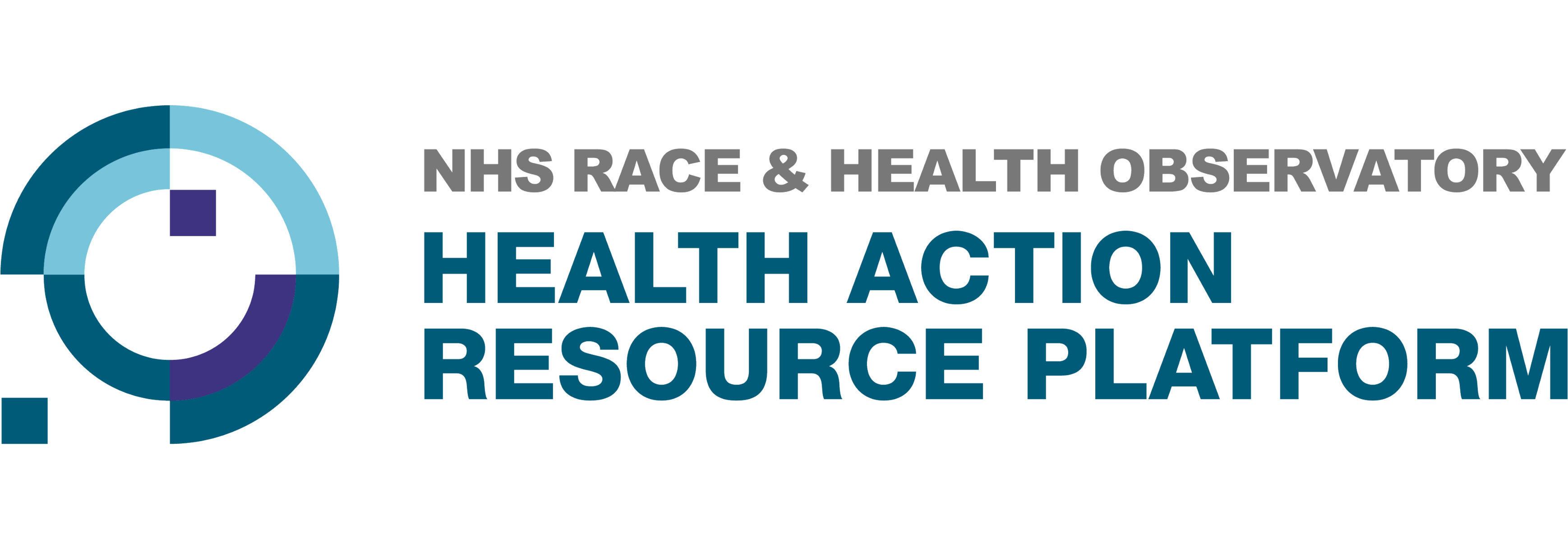This case study summarises the guidance and recommendations from the 2021 NHS policy document entitled ‘Equity and equality: Guidance for local maternity systems’.
Context and background
Stillbirth and maternal mortality rates in England are at their lowest levels to date and neonatal mortality rates for babies born after 24 weeks of gestation continue to decline. Despite these improvements, maternal health disparities persist. The ‘Mothers and Babies: Reducing Risk through Audits and Confidential Enquiries across the UK’1 report on maternal and perinatal mortality showed worse maternity outcomes for individuals from Black, Asian, and mixed ethnic groups and those living in the most deprived areas.
Addressing the issues
The current guidance was created to respond to the MBBRACE-UK findings related to maternal and perinatal mortality inequalities with two main aims:
Ensuring that the NHS workforce is representative of the community (i.e., is racially equal).
Ensuring that patient experience is improved and more personalised, specifically achieving equality for mothers and babies from Black, Asian, and mixed ethnic groups and those living in the most deprived areas.
This policy document aims to provide guidance for Local Maternity Systems across NHS England, as aligned with the five health inequality priority areas described in the 2021/2022 priorities and operational planning guidance: Implementation guidance.2
Outcomes
The following five priority areas are key to improving health inequalities according to the ‘2021/2022 priorities and operational planning guidance: Implementation guidance’:2
- Restore NHS services inclusively by increasing support for at-risk pregnant women.
- Mitigate against digital exclusion by providing personalised support plans.
- Ensure datasets are complete and timely by ensuring ethnicity categories, risk factors, and postcodes are recorded.
- Accelerate preventative programmes that engage those at the greatest risk of poor health outcomes by first understanding the baseline of community health needs and staff experience, and then planning how to co-produce interventions to improve equity for mothers and babies, and race equality for staff.
- Strengthen leadership and accountability by ensuring local maternity services collaborate on their shared vision and supplement this with a co-produced equity and equality action plan.
Key learnings and recommendations
To achieve equity in maternal health, maternity and neonatal services need to be personalised to the unique health and social situation of each mother. This may be achieved by helping all mothers and children to attain health outcomes comparable to groups with the best health outcomes. Ensuring optimal health during pregnancy is important as this can influence both the prenatal and long-term development of the baby.
Replicable best practice is described below:
- Provide additional support to frontline maternity staff with signposting to the Maternity and Neonatal Safety Improvement Programme3
- Measure improvement in maternity outcomes, for example, the rates of women using folic acid during pregnancy from different ethnic and sociodemographic groups.
- Provide additional support for at-risk pregnant women earlier, for example, encouraging clinicians to utilise a lower threshold for review, admission, or multidisciplinary escalation for women from Black, Asian, or ethnic minority groups.
- Increase support for at-risk pregnant women by reaching out and reassuring pregnant women who are Black, Asian, or an ethnic minority with tailored communications in more languages to increase inclusion (for example, the Help Us Help You maternity campaign) and in a range of formats (for example, digital and paper-based leaflets).
- Emphasise the importance of nutrition and supplements and ensure providers record the ethnicity and risk factors for every pregnant woman.
- Share learnings in the maternity services, for example, set up monthly webinars to share best practice across England, as completed by the regional maternity team in the South East region during COVID-19.
Additional information
The guidance reminds clinicians to advertise additional support for pregnant women, including encouraging the use of trusted sources of advice. This includes, for example, NHS-approved pregnancy and baby applications, the NHS Healthy Weight website4, and advising when it is appropriate to directly call midwives or maternity services on their hotlines. Additionally, advising women to apply for Healthy Start vouchers, which is a scheme to help women, who are more than 10 weeks pregnant or have a child under four years old, buy healthy food and milk5.
Relevant links
Link to the full text ‘Equity and equality: Guidance for local maternity systems’ –https://www.england.nhs.uk/wp-content/uploads/2021/09/C0734-equity-and-equality-guidance-for-local-maternity-systems.pdf
Maternity and Neonatal Safety Improvement Programme – https://www.england.nhs.uk/mat-transformation/maternal-and-neonatal-safety-collaborative/
NHS Healthy Weight website – https://www.nhs.uk/live-well/healthy-weight/
NHS (Healthy Start) – https://www.healthystart.nhs.uk/
The Help Us Help You maternity campaign – National ‘Help Us Help You’ campaign launched :: North Cumbria Integrated Care (ncic.nhs.uk)
